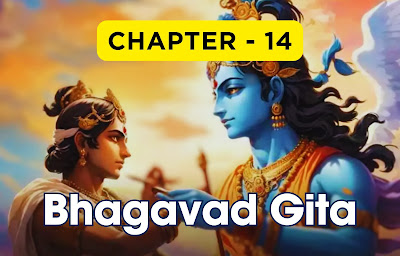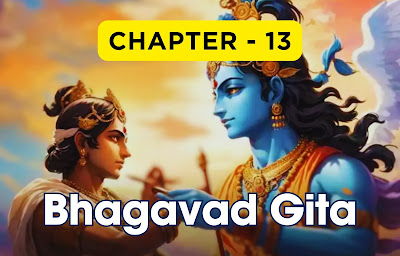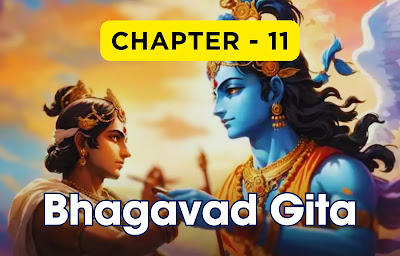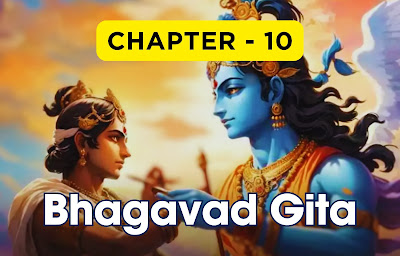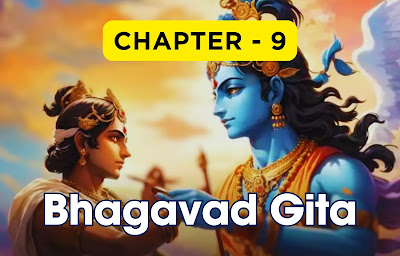Bhagavad Gita Chapter 15 Summary || Chapterwise Summary of Bhagavad Gita in English || Purushottama Yoga
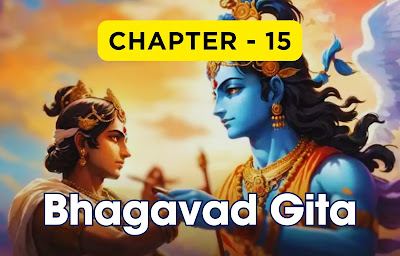
Chapter 15, known as Purushottama Yoga, Krishna elucidates the eternal and perishable aspects of creation, emphasizing the importance of comprehending the Supreme Person beyond the material world. Read Chapter 14 Summary of Chapter 15: Purushottama Yoga Introduction to Purushottama Yoga: Chapter 15 of the Bhagavad Gita, known as Purushottama Yoga, delves into the profound exploration of the eternal and transient aspects of creation. It offers insights into understanding the Supreme Person beyond the material realm. The Eternal and Transient Aspects of Creation: Krishna expounds on the imagery of the cosmic tree, a mighty tree with its roots above and branches extending downward. The tree symbolizes the cosmos, where the roots represent the eternal and divine realms, while the branches symbolize the material world with its transient manifestations. The Supreme Person (Purushottama): Krishna elucidates the concept of the Supreme Person, the divine consciousness beyond the perishable rea
